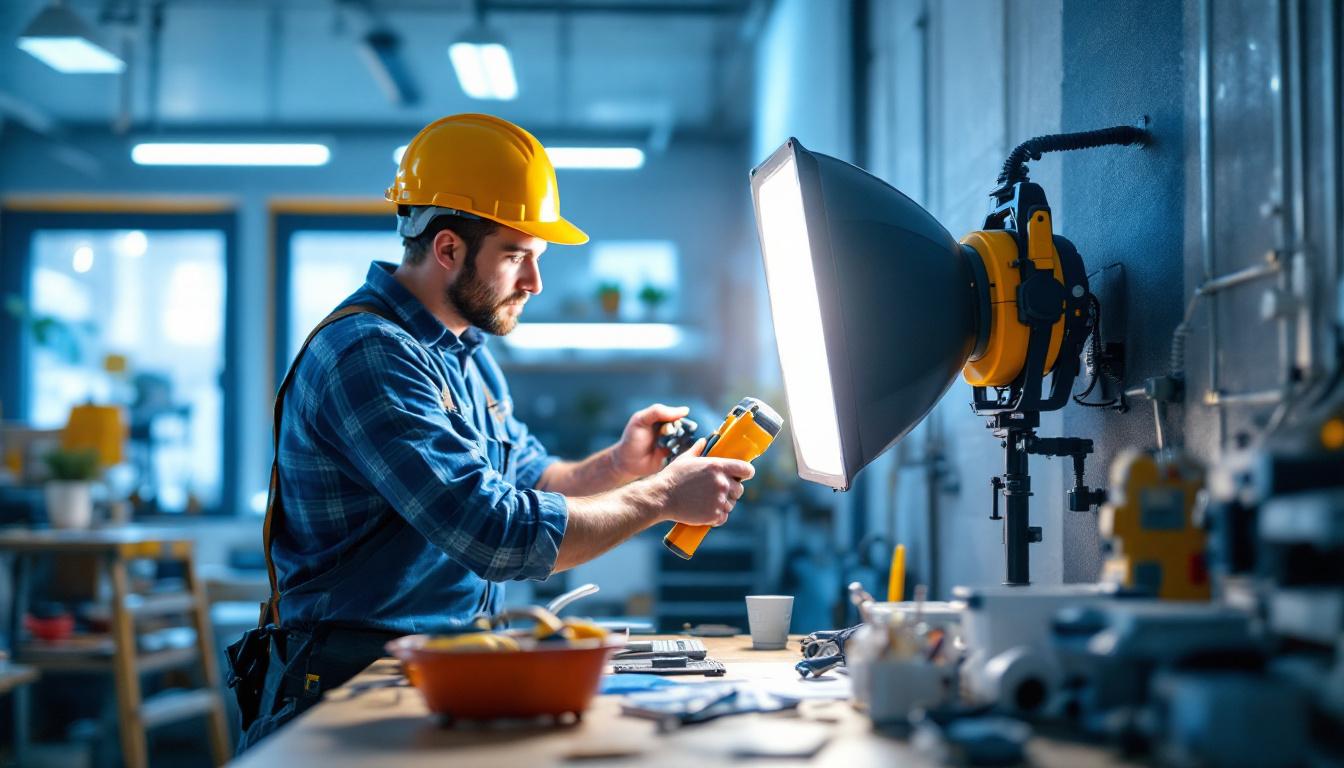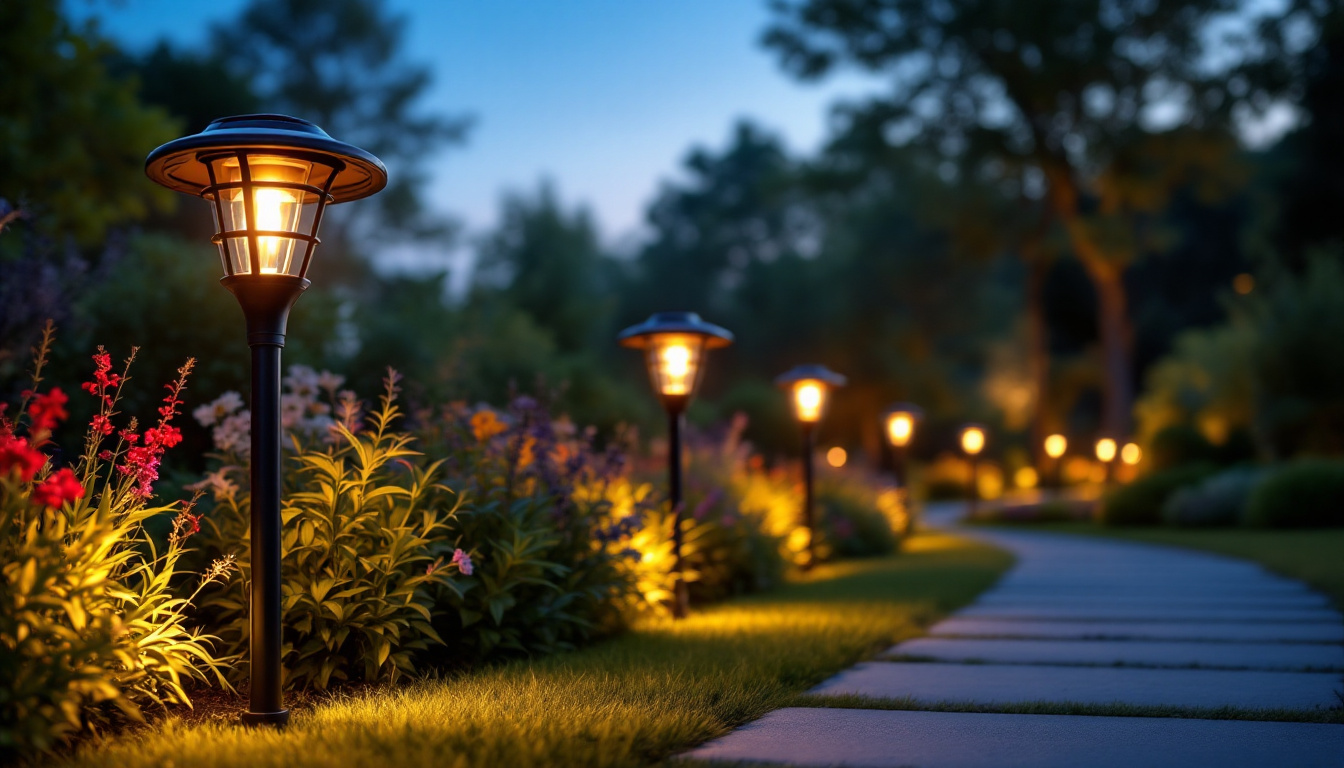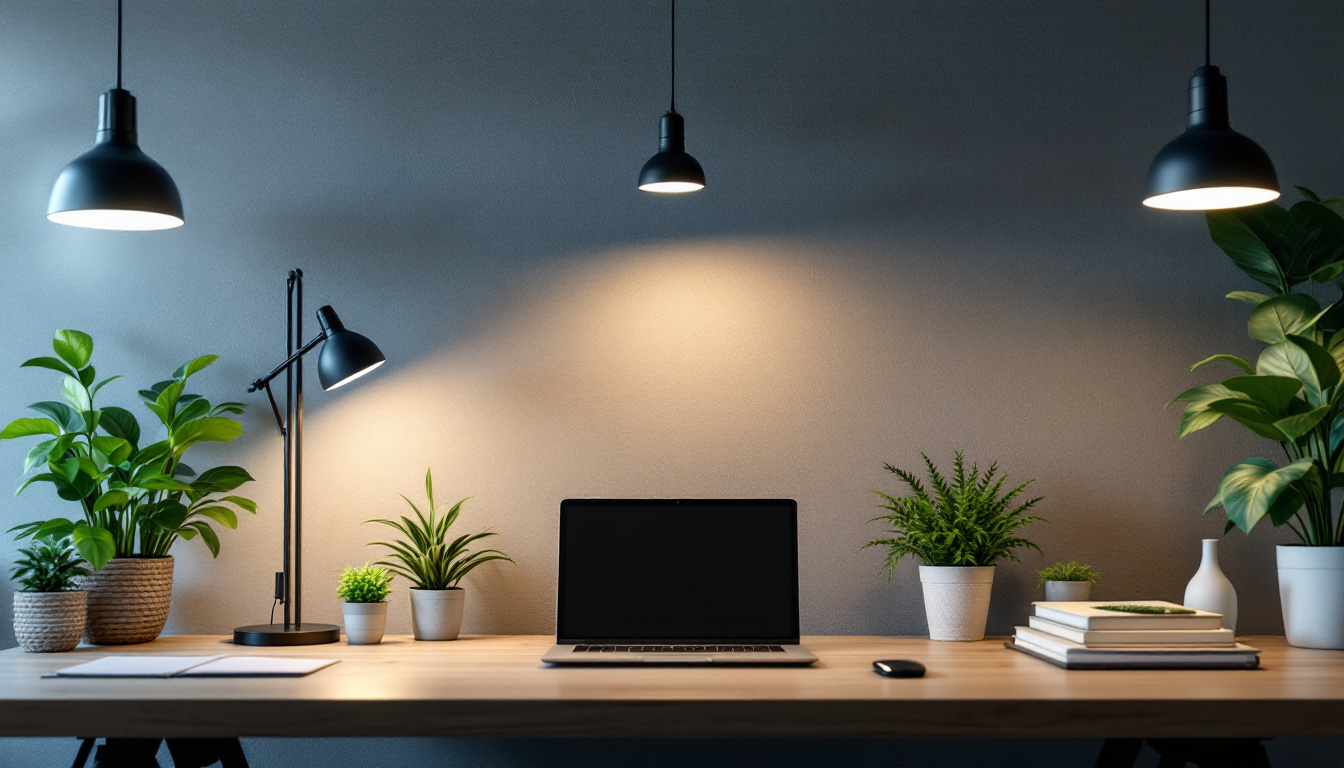
In the ever-evolving world of lighting design, future-proofing projects has become essential for contractors aiming to stay ahead of the curve. As technology advances and consumer preferences shift, the demand for versatile, adaptable lighting solutions is on the rise. Future-proofing not only enhances the longevity of installations but also ensures that they remain relevant and functional in the years to come.
Future-proofing involves anticipating changes in technology, design trends, and user needs. By considering these factors during the planning and execution phases, contractors can create lighting systems that are not only aesthetically pleasing but also equipped to handle future upgrades and modifications. This proactive approach allows for seamless integration of new technologies, such as LED advancements or smart home systems, without the need for complete overhauls.
Investing time and resources into future-proofing lighting projects yields numerous benefits. Firstly, it enhances customer satisfaction by providing clients with systems that can adapt to their changing requirements. Secondly, it reduces the need for costly retrofits or replacements, which can strain budgets and timelines. Lastly, future-proofed systems can increase property value, making them more attractive to potential buyers or tenants. Additionally, a well-designed future-proof lighting system can lead to significant energy savings, as newer technologies often consume less power and have longer lifespans, contributing to lower operational costs over time.
When embarking on a lighting project, several key considerations can guide contractors in their future-proofing efforts. These include selecting energy-efficient technologies, incorporating smart lighting systems, and ensuring compatibility with emerging trends in design and functionality. Moreover, understanding the importance of modular design can play a crucial role; by using components that can be easily replaced or upgraded, contractors can extend the life of their installations while accommodating future advancements in lighting technology.
Another vital aspect to consider is the integration of user-friendly controls and interfaces. As smart home technology becomes increasingly prevalent, clients are looking for systems that can be easily managed via smartphones or voice-activated devices. By prioritizing intuitive control options during the design phase, contractors can ensure that their lighting solutions not only meet current demands but also align with the growing trend of home automation, thereby enhancing the overall user experience and satisfaction.
The foundation of a future-proof lighting project lies in the technology chosen for installation. LED lighting has become the gold standard due to its energy efficiency, longevity, and versatility. However, not all LED products are created equal, and contractors must be discerning in their selections. Factors such as lumen output, color rendering index (CRI), and thermal management are essential considerations that can significantly impact the performance and lifespan of the fixtures.
High-quality LED fixtures can provide significant energy savings and reduced maintenance costs, making them a wise investment. Additionally, selecting products with adjustable color temperatures and dimming capabilities can enhance the adaptability of the lighting system, allowing it to cater to various moods and activities. For instance, a warm light can create a cozy atmosphere for a family gathering, while cooler tones can be more suitable for focused tasks like reading or working. This flexibility not only improves the functionality of the space but also contributes to the overall well-being of its occupants.
Staying informed about energy efficiency standards is crucial for contractors. Many regions have implemented regulations that mandate specific energy performance levels for lighting products. By choosing fixtures that exceed these standards, contractors can ensure compliance while providing clients with sustainable solutions. Moreover, understanding the implications of these regulations can help contractors advise clients on potential rebates and incentives available for energy-efficient installations, further enhancing the project’s value.
Integrating smart technology into lighting projects is another vital aspect of future-proofing. Smart lighting systems offer features such as remote control, automation, and integration with other smart home devices. These capabilities not only enhance user experience but also align with the growing trend of home automation. For example, homeowners can program their lighting to adjust automatically based on the time of day or occupancy, which not only adds convenience but also contributes to energy savings. Additionally, smart lighting can be integrated with security systems, providing an added layer of safety by simulating occupancy when the homeowners are away.
Furthermore, as the Internet of Things (IoT) continues to evolve, the potential for smart lighting solutions will expand. Future advancements may include enhanced connectivity options, allowing for even more sophisticated control and customization. Contractors who stay ahead of these trends will be better positioned to offer innovative solutions that meet the changing needs of their clients, ensuring that their lighting projects remain relevant and effective for years to come.
While functionality is paramount, aesthetics play a significant role in lighting design. Future-proof lighting projects should prioritize versatility in design to accommodate changing tastes and trends. This means selecting fixtures that can seamlessly blend with various interior styles, from contemporary to traditional.
Contractors should also consider modular lighting systems that allow for easy reconfiguration. This flexibility enables clients to adapt their lighting setups as their needs evolve, whether it’s for a new layout or a different ambiance.
Incorporating timeless design elements can enhance the longevity of lighting installations. Classic styles, neutral colors, and simple lines tend to remain appealing over time, making them a safe choice for future-proofing. Additionally, these elements can serve as a backdrop for more trendy accessories, allowing for easy updates without a complete overhaul.
Offering customizable lighting solutions can also contribute to future-proofing efforts. By providing clients with options to adjust colors, intensities, and even fixture styles, contractors can ensure that the lighting system remains relevant and tailored to individual preferences.
As sustainability becomes a focal point in modern design, integrating eco-friendly practices into lighting projects is essential. Future-proofing lighting systems with sustainability in mind not only benefits the environment but also appeals to a growing demographic of environmentally conscious consumers.
Contractors can promote sustainability by selecting energy-efficient products, utilizing recyclable materials, and implementing designs that minimize waste. Additionally, educating clients on the long-term benefits of sustainable lighting solutions can foster a sense of responsibility and investment in the project.
When selecting fixtures and components, contractors should prioritize those made from recyclable materials. This not only reduces the environmental impact of the installation but also aligns with the values of many modern consumers who prioritize sustainability.
Implementing energy management systems can further enhance the sustainability of lighting projects. These systems allow for real-time monitoring of energy consumption, enabling clients to make informed decisions about their usage and identify opportunities for improvement.
Future-proofing is not solely about the initial installation; it also involves planning for potential upgrades. As technology continues to advance, lighting systems should be designed with the flexibility to incorporate new features and functionalities without requiring a complete replacement.
Contractors should consider the infrastructure needed for future upgrades, such as wiring, control systems, and compatibility with emerging technologies. By laying the groundwork for these enhancements, contractors can save clients time and money in the long run.
Scalability is a critical aspect of future-proofing lighting projects. Contractors should choose systems that can easily expand or contract based on the client’s needs. This might include modular fixtures that can be added or removed without significant disruption or systems that can integrate additional controls as technology evolves.
Providing ongoing training and support for clients can also facilitate future upgrades. By ensuring that clients understand how to operate and maintain their lighting systems, contractors can empower them to make informed decisions about potential enhancements.
Effective communication with clients is vital in the future-proofing process. Contractors should engage clients in discussions about their long-term goals and preferences, ensuring that the lighting solutions provided align with their vision.
By fostering a collaborative environment, contractors can better understand client needs and offer tailored solutions that address both current and future requirements. This approach not only builds trust but also enhances the overall satisfaction of the client.
Conducting thorough needs assessments can help contractors identify the specific requirements of each project. This involves discussing the intended use of the space, potential changes in occupancy, and any specific preferences the client may have regarding aesthetics and functionality.
Utilizing visualizations and mock-ups can also aid in client engagement. By presenting clients with visual representations of potential lighting solutions, contractors can help them envision how the final product will look and function. This can lead to more informed decisions and a stronger commitment to future-proofing efforts.
In a rapidly changing landscape, future-proofing lighting projects is not just a trend; it is a necessity. By focusing on technology, design versatility, sustainability, and client engagement, lighting contractors can create installations that stand the test of time.
As the demand for adaptable and efficient lighting solutions continues to grow, those who prioritize future-proofing will find themselves at the forefront of the industry. Embracing these practices not only enhances the value of projects but also positions contractors as leaders in the field, ready to meet the challenges of tomorrow.
Ready to lead the future of lighting with your next project? At LumenWholesale, we provide the cutting-edge, spec-grade lighting products you need to create installations that are as enduring as they are exquisite. Say goodbye to middleman markups and hello to superior lighting solutions at wholesale prices that put you ahead of the competition. With our commitment to quality, affordability, and convenience, you’ll find everything you need to future-proof your lighting projects. Take the first step towards lighting excellence and explore our collection for Wholesale Lighting at the Best Value today.

Discover the essential guide for lighting contractors with Maxfan.

Explore innovative strategies from expert lighting contractors on enhancing outdoor spaces with dusk till dawn lighting solutions.

Illuminate your landscaping projects with confidence! Discover essential tips and common pitfalls for lighting contractors when using solar lights in gardens.

Discover how LED fluorescent lights can revolutionize your lighting projects by enhancing efficiency, sustainability, and longevity.